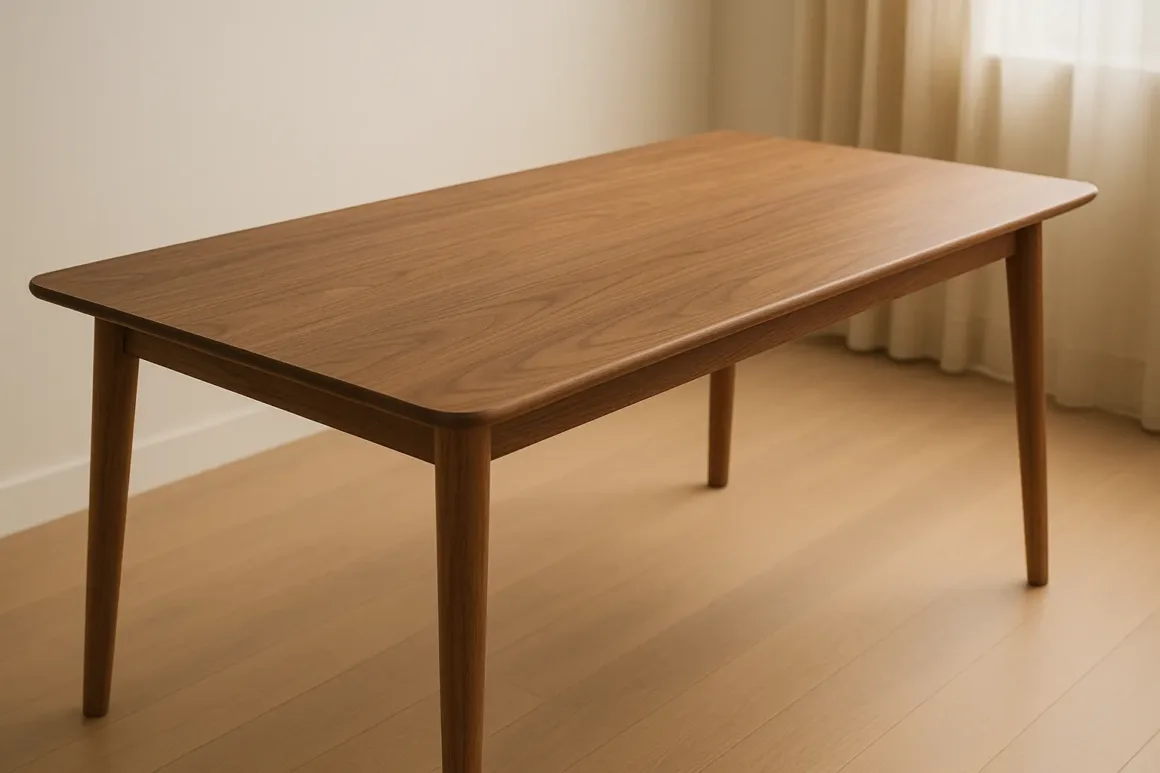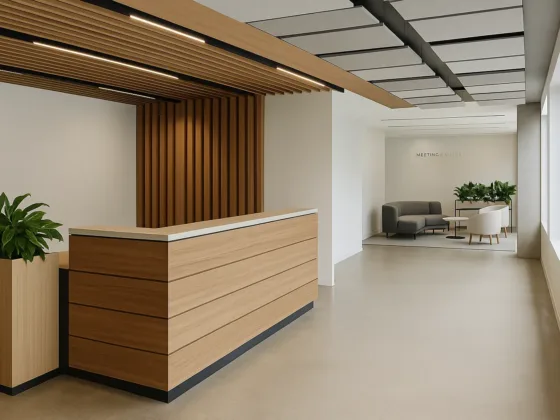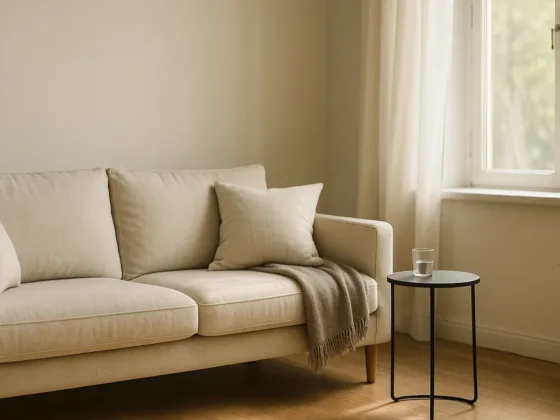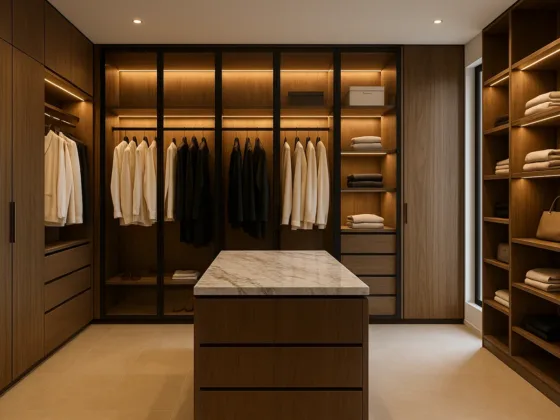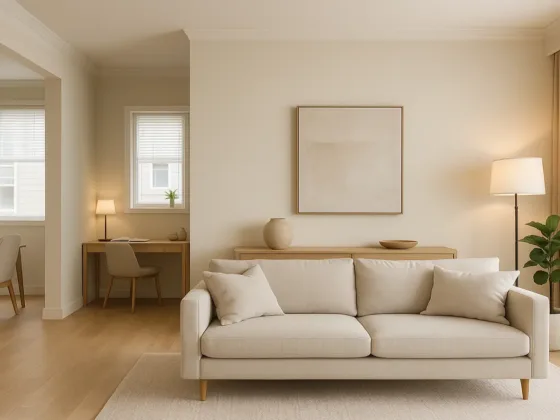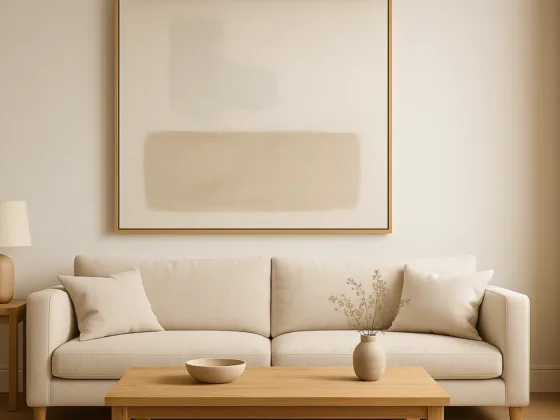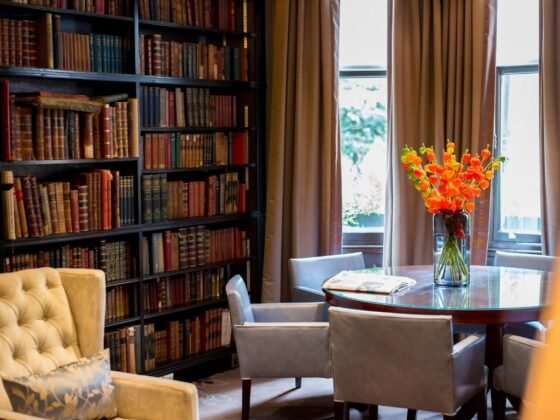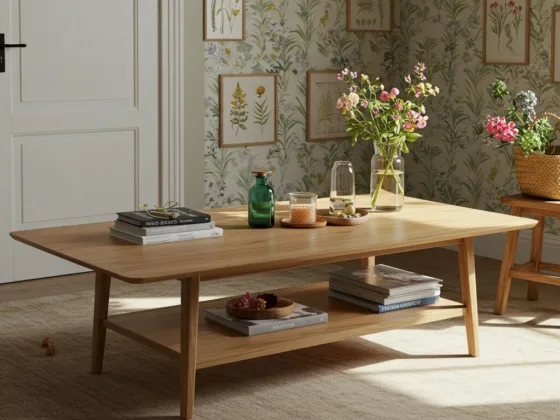There’s a difference between a table that looks expensive and a table that feels inevitable. Luxury isn’t the gloss; it’s the calm authority a piece brings to a room, even when no one is seated. You notice it in the way light runs along a honed edge, in the steadiness of a base that doesn’t flinch when someone leans in to tell a story, in the surface that takes a decade of meals and only grows more convincing.
Italian makers tend to understand this better than most. They treat the dining table as small architecture: a clean structure, honest materials, and proportions that respect the body. The point isn’t spectacle. It’s poise. Luxury tables don’t beg for attention; they organize it. When friends arrive, the room already knows where the evening will happen.
Materials are the first language. Marble and travertine set a tone that wood or glass can’t quite imitate: cool to the touch, quietly reflective, never loud. The difference between polish and a proper hone is the difference between a mirror and a soft sky—both beautiful; one gentler on everyday life. Walnut brings temperature and tactility. It absorbs light instead of throwing it back, which is why a walnut table can make a tall, glassy room feel human again. Sintered stone has entered the conversation for good reason: it keeps its posture under heat and wine and the occasional lapse in coasters, but it still reads as design rather than workaround. And bronzed glass—when paired with a base worth seeing—does the trick that no other material can do: it holds volume without swallowing space.
Shape isn’t a personality test; it’s a strategy. Rectangles align with architecture, carry a pendant neatly, and make the host’s path unambiguous. Ovals ease circulation and soften rooms that already have plenty of right angles; the eye moves, so do people. Rounds create a single conversation instead of two or three competing ones. The choice should grow out of how you live, not how a photo looks. Luxury meets you where you are; it doesn’t ask you to perform for it.
Bases are the quiet engineering that separates a serious table from a pretty surface on legs. Pedestals are generous to knees and elbows, which is why round and oval tops tend to find their best selves there. Trestles read architectural; spans that make sense, joints that earn their keep. Four-post designs are classic and confident, but only when the base geometry and the chairs work together. Luxury means you don’t have to choreograph seating every time people pull in.
Edge work says more than logos. A slim, eased edge can make a large slab feel weightless; a thicker, softened profile belongs to homes with stone, plaster, and heft in their bones. Either can be right. What matters is that the line is deliberate, not generic. The truly good pieces have that quality you can’t fake: the closer you look, the calmer they get.
The rituals around the table matter as much as the table. If you host constantly, a beautifully engineered extension leaf is not a convenience—it’s a promise that big nights won’t feel like a compromise. If you work at the table when the house is quiet, the finish under your wrist should feel reassuring, not precious. If you live with doors open to a terrace half the year, a top that behaves in changing light will save the room from visual noise. Luxury is compatibility, not caution.
Care shouldn’t feel like a hobby. The best pieces are built for life as it really happens: a neutral cleaner and a soft cloth for stone, a basic sense for wood, and microfiber for glass. Patina is not the enemy; it’s the record of a house that gets used. Real luxury allows for that and looks better because of it.
What does this mean? A table that makes the room feel finished before the plates arrive, and still looks composed after they’re cleared. A surface that doesn’t wobble under a stack of books on Tuesday or a roast on Saturday. Edges you don’t notice because they’re right. A base that feels inevitable in the architecture. A table that you don’t outgrow for years; you build a life around it.
Luxury Dining tables in Los Angeles: If you’re ready to see how these ideas translate into actual pieces—stone that breathes, walnut that settles a room, glass that disappears when it should; start at Melaaura, where the edit is tight and the build quality holds up in person.
